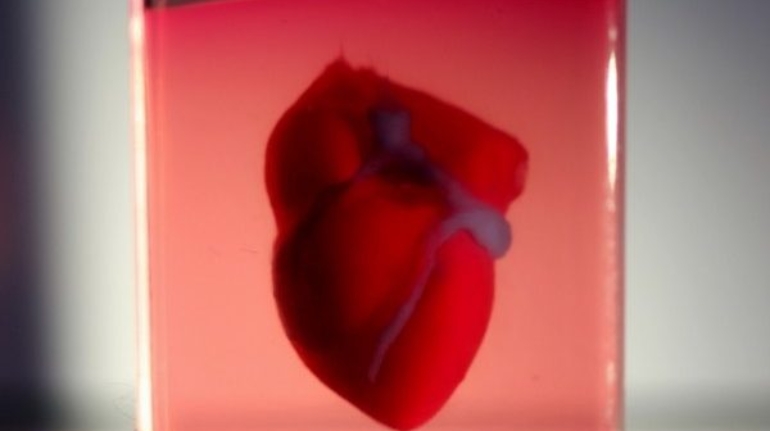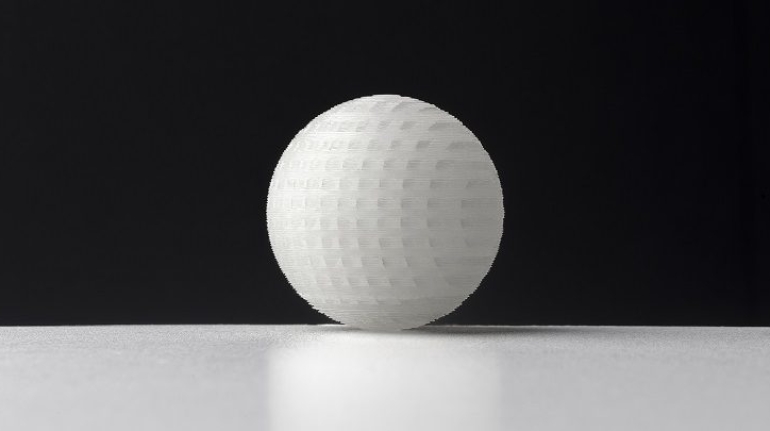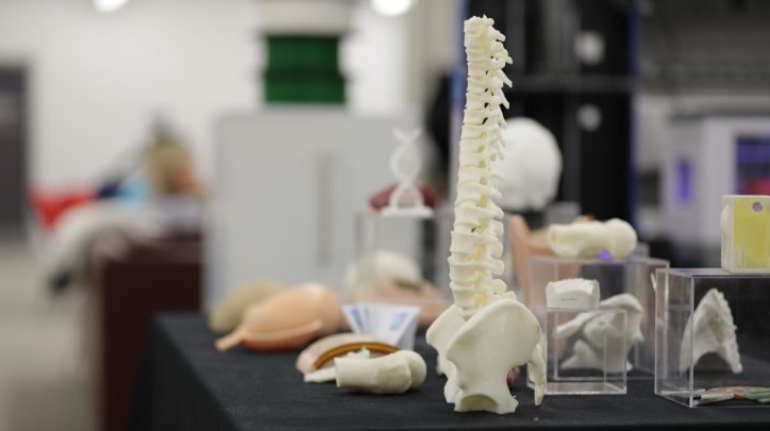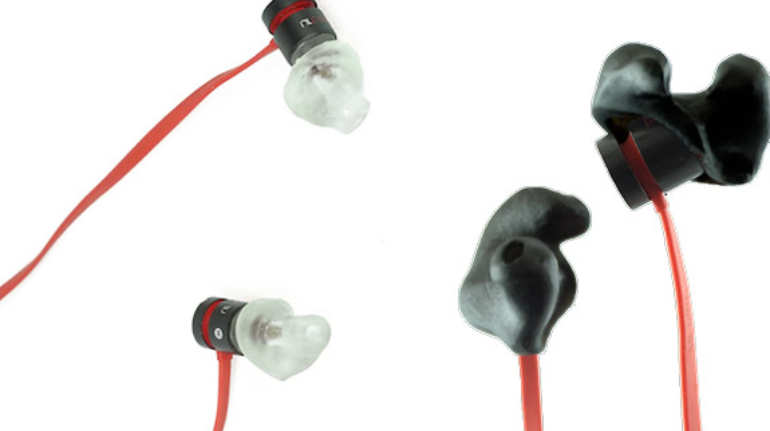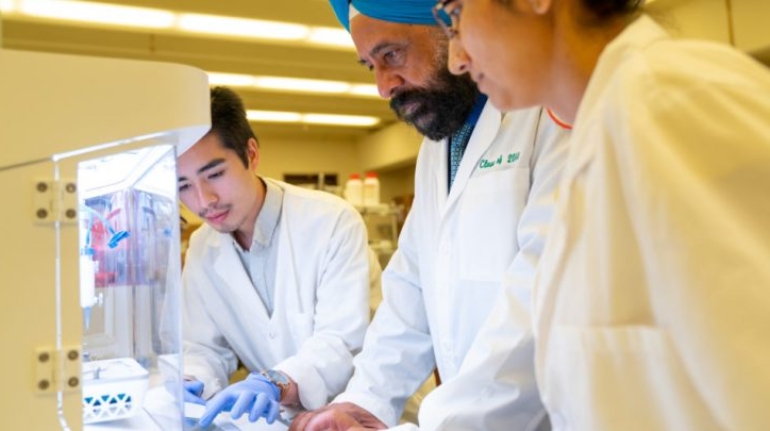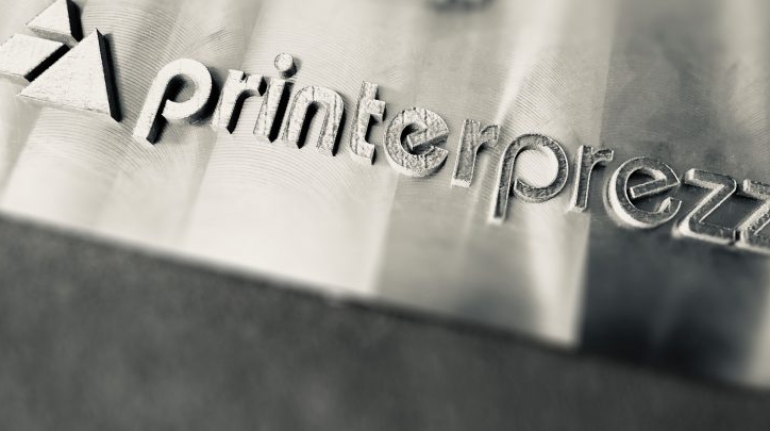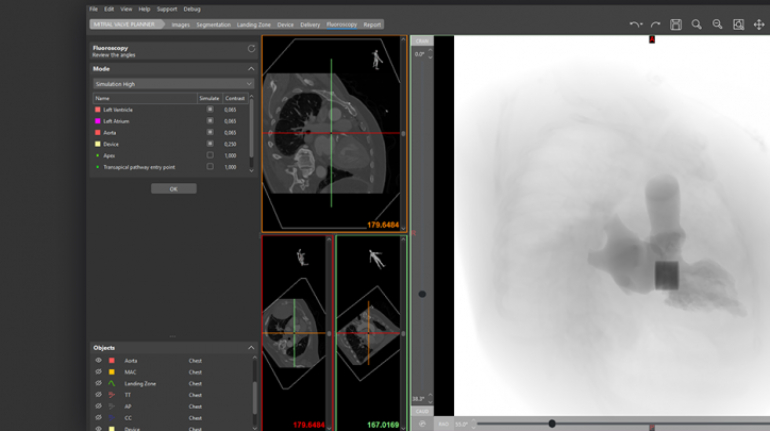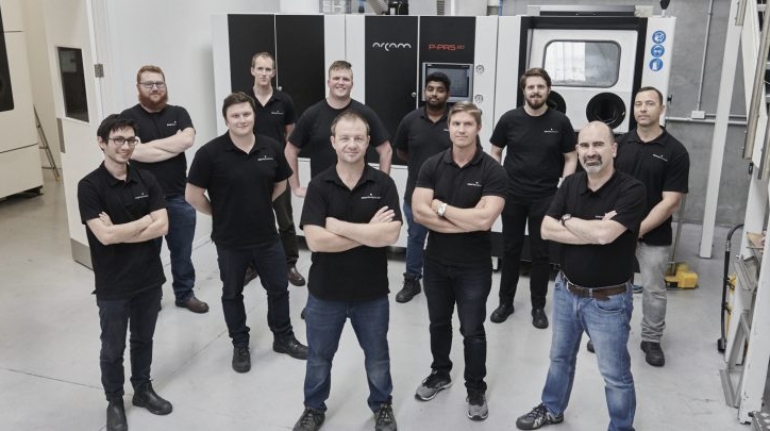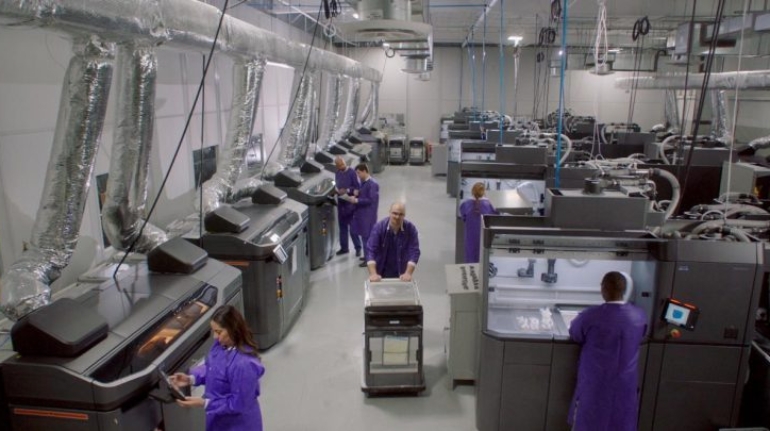Presenting the winners of the 2019 3D Pioneers Challenge 3D Printing Events
The fourth edition of the 3D Pioneers Challenge came to a close this past June, after the contest’s expert jury selected the winning submissions from a pool of 36 finalists. Winners from each of the challenge’s eight main categories were presented with their prizes (worth over € 40,000) at Rapid.Tech + FabCon 3D.

